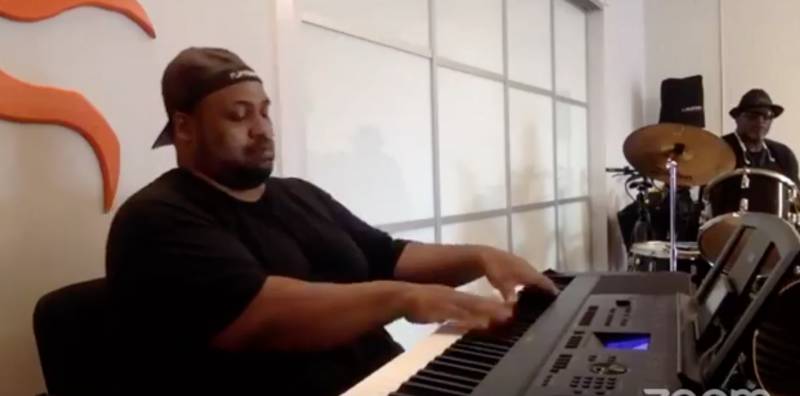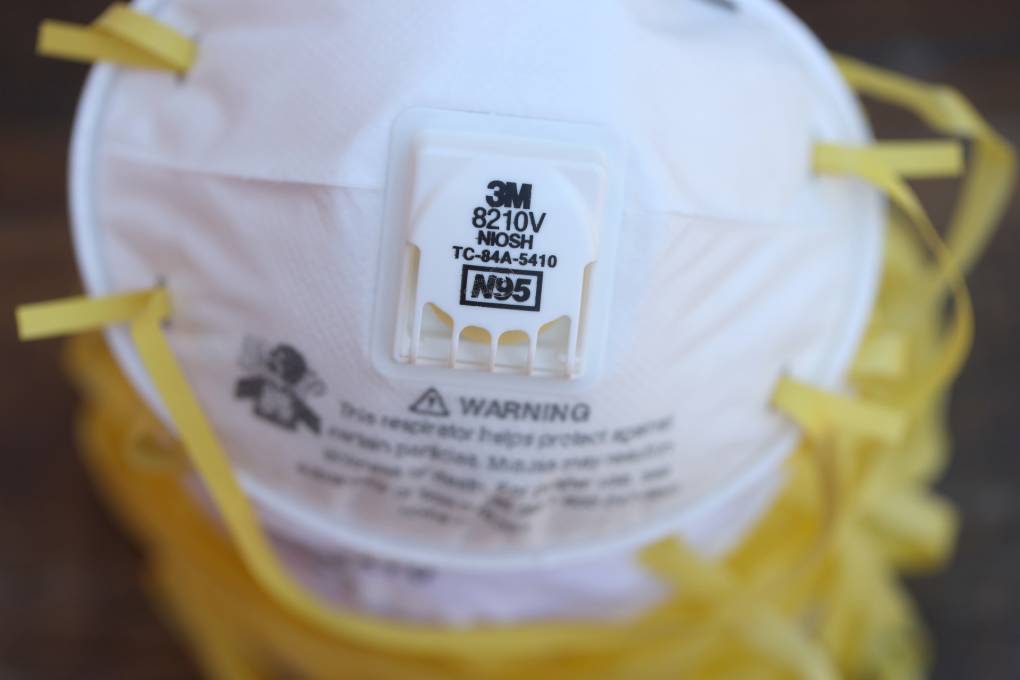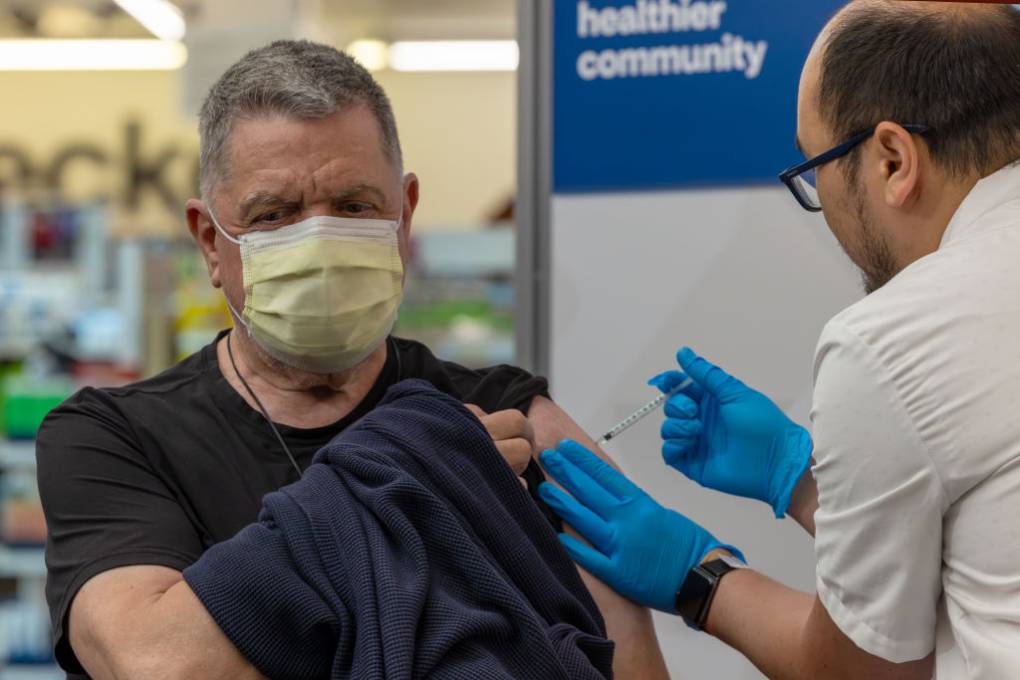It didn’t take long for California’s artists to spring into action after the coronavirus pandemic hit. Illustrator Wendy MacNaughton started offering free virtual drawing classes to keep confined kids busy from San Francisco. Musician Kayo Anderson conducts singalongs on behalf of the low-income and homelessness non-profit, Los Angeles Community Action Network, to help boost people dealing with poverty.
When facing disasters like wildfires and global pandemics, California looks to workers like firefighters and nurses to save lives. But what about rebuilding those lives after they’ve been saved? Arts advocates say that’s where arts and culture workers prove to be essential.
Examples of arts stepping in to bring healing, to uplift and offer reflection to depressed and anxious communities are flourishing across the state right now, despite the fact many artists and cultural groups have been hit hard by the failing economy.
According to a recent California Arts Council study looking at the early economic impact of the coronavirus pandemic, the total losses for arts organizations across the state stood at more than $35 million at the end of April. Organizations estimated an average revenue loss of $193,642 each, and individual artists estimated an average personal income loss of $23,857 each.
"We're absolutely decimated right now," said Julie Baker, executive director of the advocacy group Californians for the Arts. "The arts and culture sector were the first to shut down and likely will be the last to fully reopen."
With California currently facing a more than $54 billion budget deficit, Baker is worried about the future of the state’s financial support for the beleaguered cultural community. The arts budget currently stands at $26 million, putting it about halfway down the list nationally for state support of arts and culture programs.
"Our goal right now is to see the California Arts Council's budget protected," Baker said. "But if there are going to be cuts across state agencies, do not cut the arts budget in greater number than any other agency."



